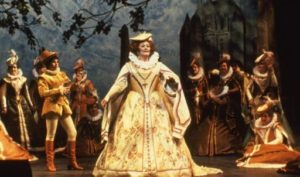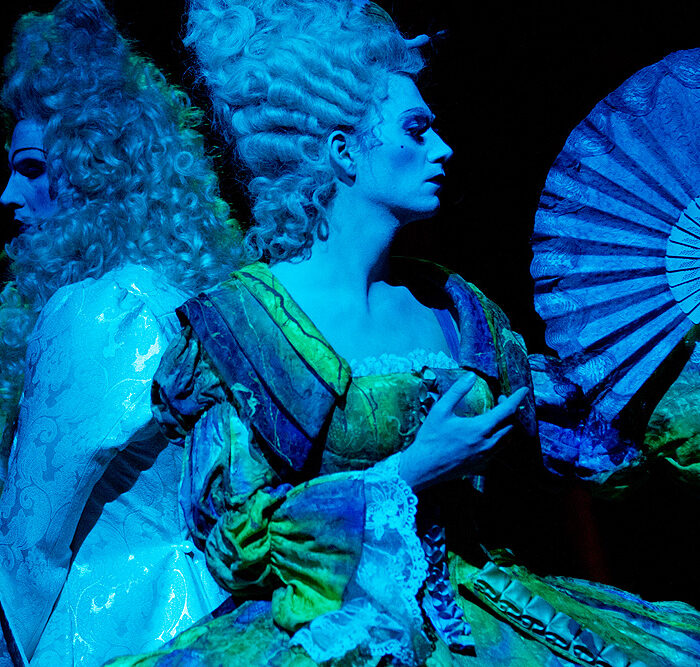
Opera Profile: Meyerbeer’s ‘Les Huguenots’
By Logan MartellFirst premiering in Paris in 1836, “Les Huguenots” is based on the historical events of the St. Bartholomew’s Day Massacre of 1572, wherein thousands of French Protestants, called Huguenots, were wiped out by Catholics in an effort to maintain Catholic dominance. The composition of this work follows shortly after the great success enjoyed by “Robert le Diable” and so Meyerbeer would continue with many of the elements that would comprise Grand Opera, such as virtuosic singing and scenery to match gorgeous music.
In 1906 “Les Huguenots” became the first opera to be performed at the Paris Opera 1,000 times, establishing it as one of the most prominent works of the 19th century.
It has, as has been the case with most of Meyerbeer’s oeuvre, been largely ignored in the 20th century. However, the 21st century seems to be looking back at the composer’s work with greater interest and this opera is surely to be at the forefront of the renaissance.
Short Plot Summary
Noblemen gather at the chateau of Count de Nevers. They wait for the arrival of Raoul, emissary to the Court of Queen Marguerite de Valois; it comes as a surprise to the gathering of Catholics that Raoul is a Huguenot, though he is kindly received. After a drinking song, they implore him to sing about love and so he recounts how he rescued a beautiful, mysterious woman with whom he fell love. Shortly after, Raoul’s servant Marcel, who is a Protestant, quickly puts himself at odds with the company; when they ask him for a song, he sings a Huguenot battle song which disparages papists. Before Marcel can continue, the gathering is joined by an unknown woman, whom Raoul recognizes as being the one he saved earlier. The woman is Valentine, who has come at the request of the queen to break off her engagement to Count de Nevers. Raoul receives a summons from Urbain, the queen’s page, who leads him to the gardens blindfolded. Shortly before Raoul enters the gardens, Valentine confirms to the queen that Nevers has ended their engagement. When Raoul arrives, the queen declares that she intends for him to marry Valentine, thus mending the relationship between the Catholics and Protestants. Raoul refuses this offer under the belief that Valentine is the mistress of Count de Nevers, angering the nobles.
Later, Valentine has married Nevers, and prays in a church when she overhears her father’s plan to attack Raoul for his insult. In disguise she delivers her warning to Marcel. Raoul’s duel breaks into chaos when groups of Protestants and Catholics begin to fight in the streets, although the presence of the queen manages to restore order. Because of her warning, Raoul realizes too late that he was wrong about Valentine; her marriage to Nevers now divides them. Despite this, Raoul slips into Nevers’ home to visit her. Hiding behind a curtain, Raoul overhears Catholic nobles having their swords blessed by monks and planning to murder the Huguenots. Raoul is forced to put his allegiance before his love for Valentine, and so rushes off to warn them. The Protestant Huguenots are currently celebrating the marriage between Queen Marguerite to Henry of Navarre when a bell tolls. Raoul announces that the second toll of the bell is the signal for the Catholics to begin their massacre. In the ensuing violence Nevers, who was the only one not to join in the Catholic plot, has died protecting Marcel. Valentine, now willing to convert to Protestantism, is about to be married to Raoul, with Marcel performing the ceremony, when all are shot down. They are finished off by Valentine’s father St. Bris, and his men, before the former discovers he has killed his own daughter.
Watch and Listen
Here is a famed performance featuring Joan Sutherland at the head of the cast.
Categories
Opera Wiki

